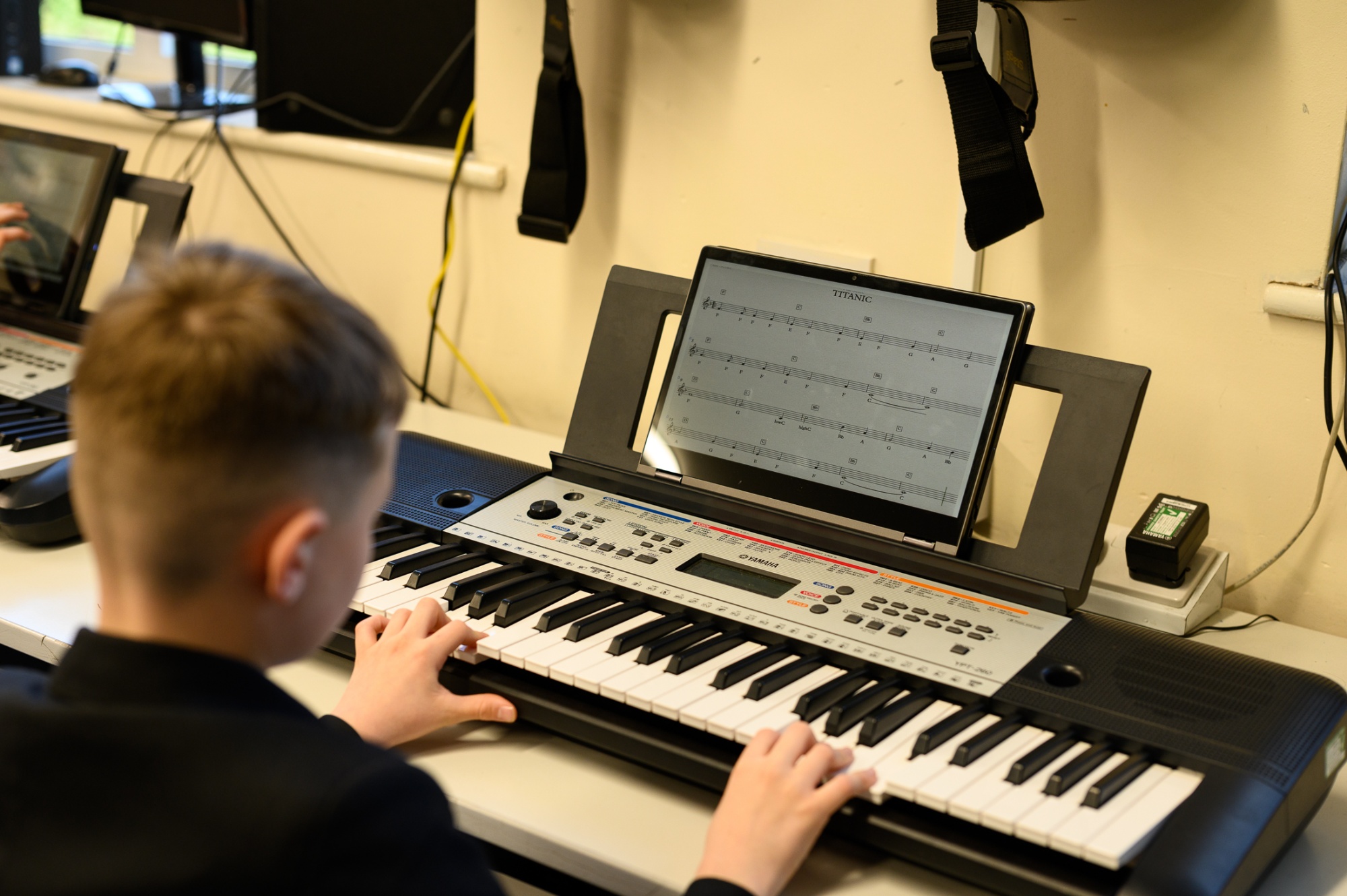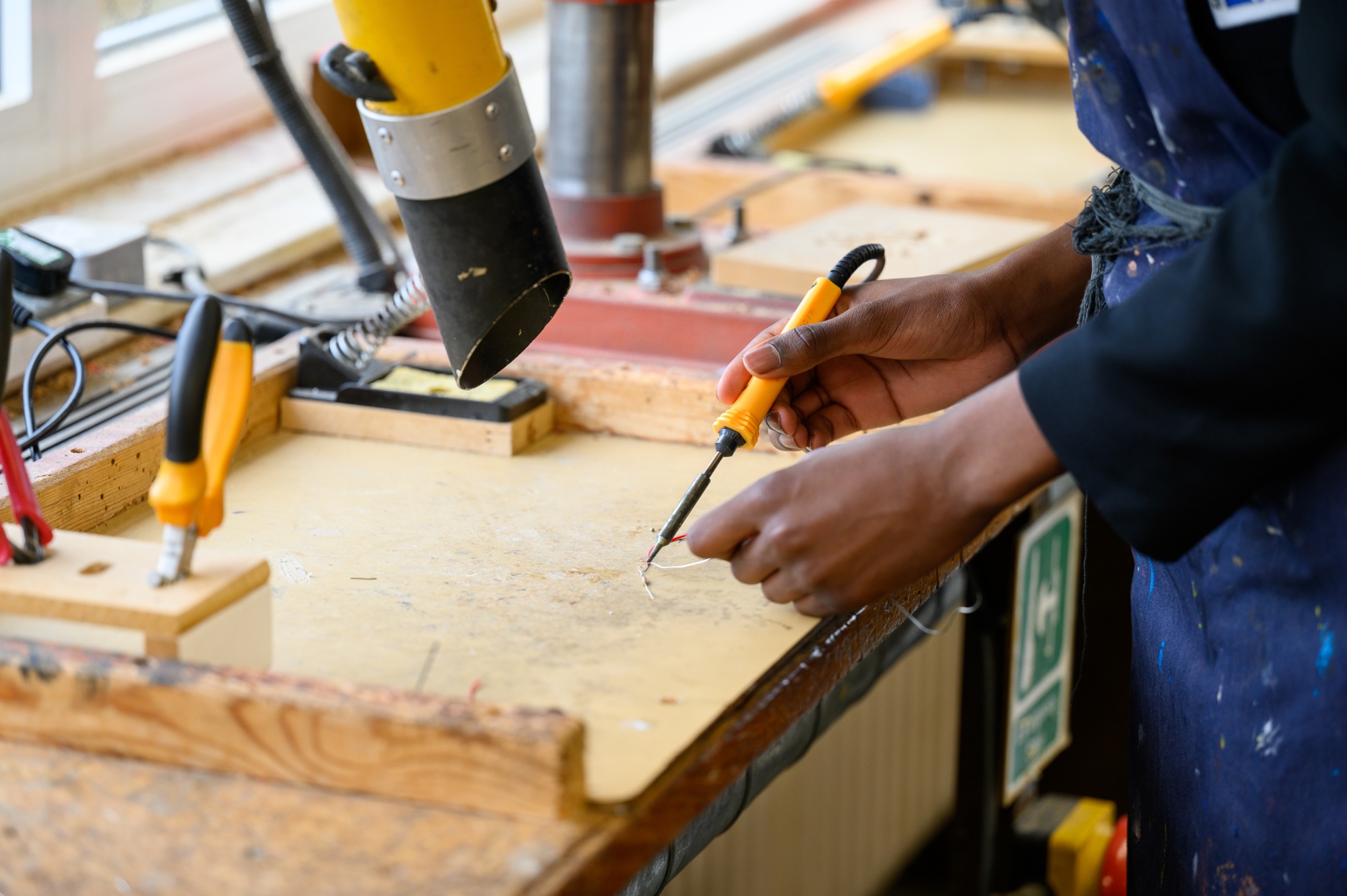Design and Technology
Intent
Design and Technology is intrinsic to our lives and is something we often take for granted. The products that surround us, and we use every day, have been meticulously designed to intuitively make even the most mundane tasks seem easy and comfortable. This doesn’t happen by accident. Drawing on skills and knowledge acquired in Maths, Science, Technology and Art, it helps students studying Design and Technology become innovative and enhance the world around them by creating solutions to real-world problems.
Ethos
In Design and Technology, students combine knowledge and understanding alongside practical and technological skills, to respond creatively and design, develop and make products and systems that meet human needs. They learn to use existing and new technologies and also consider the impact of future technological developments. They learn to think critically and creatively and intervene to improve the quality of life, solving problems as individuals and as members of a team. Students work within stimulating contexts that provide a range of opportunities where they can draw on experiences from local, national and international communities and backgrounds.
As designers, students are encouraged to respond with ideas, products and systems that are empathetic, inclusive and challenge expectations. They combine practical and intellectual skills with an understanding of aesthetic, technical, cultural, health, social, emotional, economic, industrial and environmental issues. As they do so, they evaluate past and present design and technology and its uses and effects.
Throughout this valuable subject, students of all abilities and backgrounds develop confidence in knowledge and understanding and practical skills to become discriminating users of products, learning how to apply their creative thinking and innovate. This lays down a heavy foundation for students taking their next steps and a lifelong love of the subject.
Careers in Design and Technology
Our Design and Technology curriculum prepares students for a wide range of exciting and rewarding careers. Some potential career paths include:
- Product Design: Designing a variety of products, from furniture to electronics.
- Engineering: Developing and designing infrastructure and machinery.
- Graphic Design: Creating visual concepts for advertisements, websites, and packaging.
- Architecture: Designing buildings and structures.
- Fashion Design: Designing clothing and accessories.
- Food Technology: Developing new food products and improving food production processes.
- Digital Design: Creating digital graphics, animations, and websites.
- Robotics: Designing and building robots for various applications.






